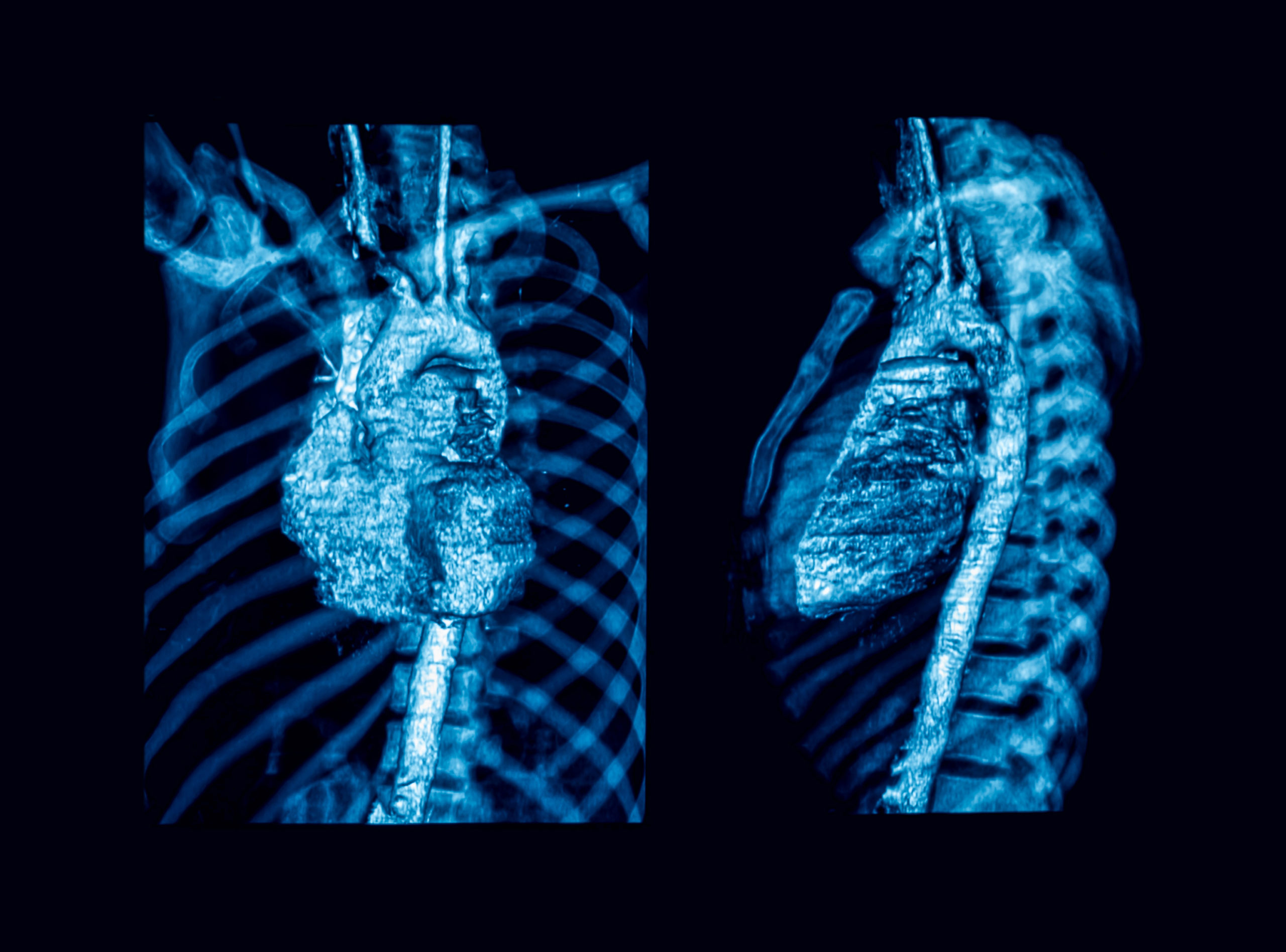Takayasu’s Arteritis


Takayasu’s arteritis is a rare vasculitis, a group of disorders that causes blood vessel inflammation. the inflammation damages the aorta including its main branches in Takayasu’s arteritis.
What is Takayasu’s arteritis?
This disease is characterized by severe inflammation of large blood vessels, including the aorta, that carries blood from heart to the rest of our body . It is generally common in Asian women aged below 40 years . Also called vasculitis, Takayasu’s arteritis leads to damage of the largest artery, aorta, and related branches. Over time, the inflammation causes the arteries to thicken with scars or may lead to weakened artery walls that can bulge (aneurysm) and tear.
What are the symptoms?
Depending on the symptoms seen, a doctor can categorize Takayasu’s arteritis into three different stages.
Stage 1 symptoms:
- Fatigue
- Unexplained weight loss
- Muscle pain
- Joint pain
- Low-grade fever
These are common symptoms and are not that conclusive.The damage to the arterial walls could go on for years before it is noticed .
Stage 2 symptoms:
- Pain or weakness in your limbs while using
- A weak pulse – difficulty getting blood pressure or difference in blood pressure between the arms
- High blood pressure
- Dizziness, painting or lightheadedness
- Trouble thinking or memory problems
- Visual changes or headaches
- Shortness of breath or chest pain
- Anemia (too few red blood cells)
- Diarrhea or blood in your stool
These symptoms denote a more advanced stage resulting from obstructed blood flow from the heart to other parts of the body.
- When do you need to see a doctor?
Immediate medical care should be sought if you are having pain in your arms and chest with shortness of breath. Also look out for symptoms of stroke like arm weakness, difficulty in speaking or face drooping. Earlier the detection more effective the treatment will be. If you already have been diagnosed with Takayasu’s arteritis, observe the types of symptoms you are experiencing. Keeping a track of all these will help your doctor to treat you effectively.
Request an appointment at Apollo Hospitals.
Call 1860-500-1066 to book an appointment.
How is the condition diagnosed?
Blood tests: Bloodtests can be used to diagnose signs of inflammation and anemia
X-rays of your blood vessels (angiography): The resulting images after an angiography allows your healthcare provider to check if the blood is flowing normally, or if it is being interrupted or slowed due to stenosis, narrowing of a blood vessel. Generally, a person with Takayasu’s arteritis has several areas of stenosis.
Magnetic resonance angiography (MRA). This is a less invasive form of angiography that produces detailed images of the blood vessels
Computerized tomography (CT) angiography: This is another non-invasive type of angiography that combines computerized analysis of X-ray images using intravenous contrast dye to allow the doctor to look at the structure of the aorta and its adjoining branches and to monitor the flow of the blood.
Ultrasonography: Doppler ultrasound is a more sophisticated version of common ultrasound. It can produce very high-resolution images of the walls of certain arteries.
Positron emission tomography (PET). PET can measure the intensity of inflammation in your blood vessels.
What are the complications?
- Hardening of blood vessels and arteries
- Increased blood pressure
- Inflammation of the heart
- Stroke
- Aneurysm in aorta
- Heart attack
- Heart failure
- Transient ischemic attack or mini stroke
- Pregnancy with this disease can get complicated . Do consult your doctor before you conceive to limit the complications.
What are the treatment options?
The main treatment approach involves controlling inflammation and damage to blood vessels. The issue with this disease is that it can relapse when the medication is stopped. The mainline of treatment involves the use of steroidal drugs, which will reduce inflammation.
- Other drugs prescribed are methotrexate, azathioprine and leflunomide . Sometimes drugs like mycophenolate mofetil are used. Increased risk of infection is the most common side effect.
- Your physician may also suggest drugs that corrects the abnormalities in your immune system (biologics), If the arteries become severely narrow, surgery is the only option whereby blood vessels can be widened. In case of damage to the valve, aortic valve surgery can be performed.
Understanding your condition, knowing the possible side effects of drugs you are taking, eating healthy, taking supplements and vitamins, and exercising regularly will help you live healthy with this disease.
Conclusion
Prevention of Takayasu’s arteritis is not possible as the exact cause is not known. Maintaining immunity and following a healthy lifestyle coupled with regular exercise are recommended.
Request an appointment at Apollo Hospitals.
Call 1860-500-1066 to book an appointment
Frequently Asked Questions (FAQs)
- Do I need to restrict my activities for Takayasu’s arteritis?
Regarding restriction of activities, your doctor will be able to help you by first determining the stage of the disease and other symptoms you are having.
- Is Takayasu’s arteritis fatal?
Takayasu’s arteritis is a rare disease. Sometimes the patient has to live with complications which may turn fatal .
- What causes Takayasu’s arteritis?
The exact cause of Takayasu’s arteritis is not known, it is regarded as an autoimmune disease which attacks the body’s healthy vessels.





